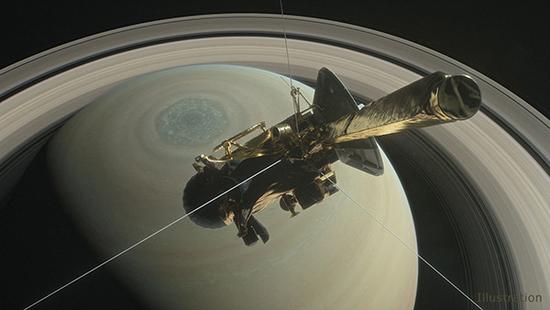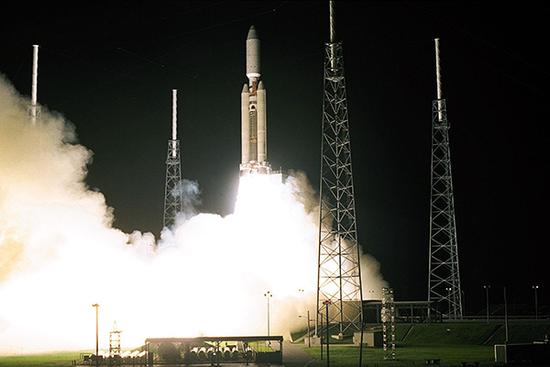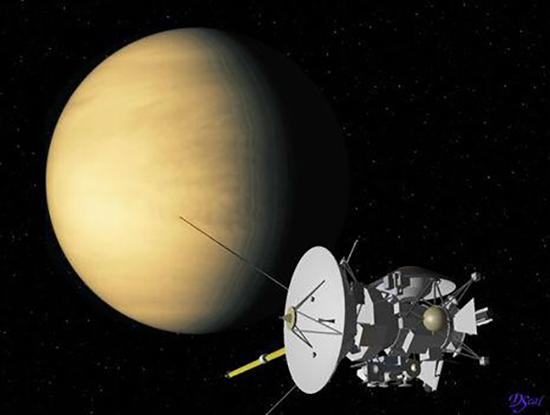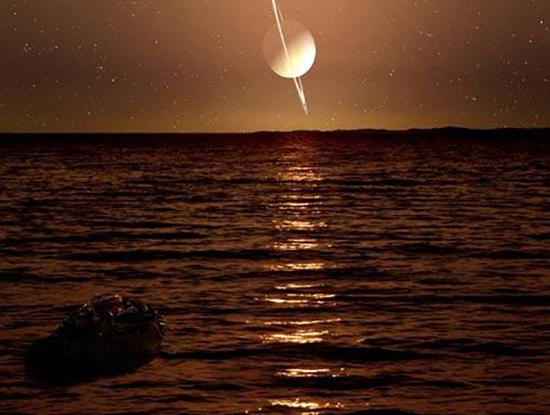October 15, 2017 It is the 20th anniversary of the Cassini. However, it will not wait until this day. Tomorrow (September 15, Beijing time), Cassini will execute the final directive from NASA: self-immolation. This interplanetary spaceship at the end of the 20th century will ignite the propeller and end up in Saturn's atmosphere, integrating with this 13-year-old gaseous planet.
The code for this task is: Grand Finale. As it gradually burns, vaporizes, and melts into Saturn's atmosphere, Cassini's high-gain antenna will remain aligned with the earth and transmit precious data until the signal disappears.

Cassini's "big end chapter" All images in this article are from NASA website
However, because of the distance, Cassini actually disappeared 83 minutes after NASA received the final signal.
Why burn yourself? In fact, the Cassini reached its design life in 2008. Today, the late-stage spacecraft will be "dry." In order to avoid the loss of the power of the spacecraft crashing into Saturn’s satellites and undermining the follow-up missions, NASA decided to “make it suicide.†Among them, Enceladus and Titan possess the conditions for the existence of life and are the key protection targets.
Flying to Saturn: 3.5 billion kilometers in 7 years
On October 15, 1997, the Cassini was launched from the Cape Canavera in the United States, carrying the Huygens, the U.S. space agency’s V-Swedes.

On October 15, 1997, the Cassini was launched from the Cape Canaveral in the United States.
From Earth to Saturn, Cassini flew for seven years. It used the gravitational slingshot effect, passed through Venus twice (April 1998 and June 1999), once plunged through the Earth (August 1999), and plundered Jupiter (December 2000) before finally reaching Saturn.

In April 1998, Cassini swept the Venus
The nearest distance between Saturn and the Earth is about 1.3 billion kilometers, while the Cassini number is 3.5 billion kilometers. However, taking advantage of this kind of flight has not been more time-consuming, and it has greatly saved fuel.
Beijing time at 12:00 on July 1, 2004, Cassini into Saturn orbit. Saturn’s revolutionary period is 29 times that of the Earth. That is to say, Cassini almost accompanies Saturn for half a year. At this moment, the winter of Saturn’s northern hemisphere is beginning to fade.
In 2008, after completing the first four-year mission, the scientists arranged a second two-year mission for Cassini: Observing that Saturn reached the equinox of day and night, when the sun shines to the side of the Saturnian ring, Saturn and Saturn's ring Variety. After that, the service life of the Cassini was extended for another seven years, continuing to explore Enceladus and Titan.
Enceladus: With the necessary elements of life
Enceladus is a snow-covered “ice moon†with hidden seas hidden beneath the ice. In 2015, the Cassini detected carbon dioxide and a large amount of hydrogen from the plumes ejected from cracks in the ice. Scientists believe that this is due to the hydrothermal reaction between the soft and soft sea below the ice and the rock formations on the sea floor. Hydrothermal reactions can provide energy for deep-sea microbes.

Enceladus is an ice moon covered by ice and snow
Hydrogen and carbon dioxide can synthesize methane. Scientists have discovered that there is a unique hot spring ecosystem in the deep sea of ​​the Earth. Methane can also support microorganisms near the hot springs in the sea where the sun is out of sight.
"Beaten" Titan: The beginning and end of the story
Titan is a giant in Greek mythology. Titan, named after Titan, is Saturn’s largest satellite and the second largest in the solar system. It is only Europa. Titan is also the only satellite in the solar system known to have a true atmosphere.
Scientists have always wanted to know what is hidden under Titan’s dense atmosphere? Snow, sea, or even life? Cassini is not the first visitor sent by humans. At present, "Voyager 1" and "Voyager 2", which have already reached the edge of the solar wind, have all passed through in a hurry.
On October 24, 2004, Cassini returned the first photos and data of Titan. On December 23, 2004, Cassini released Huygens. On January 14, 2005, the Huygens successfully landed on Titan.

On December 16, 2005, the Huygens floated in the "methane lake" under the night
Together with the Huygens, Cassini unveiled the true face of Titan’s atmosphere: it is the world closest to Earth in climate and geography, and there is a life about life.
Titan’s surface temperature is approximately 179 degrees Celsius. There is no water but only ice, but it has “methane sea†and “methane riverâ€. Under the “methane rainâ€, “methane cloud†floats in the sky.
Feature:
1.Superior uniformity and EV grade safefty LFP battery ;
2.Customized modular and large-scale ESS solution;
3.Reliable safety design and remote real-time monitoring;
4.High cost effective and short delivery duration.
mwh,ess container, bess, commercial battery, battery container,mega,megawatt
Shenzhen Enershare Technology Co.,Ltd , https://www.enersharepower.com